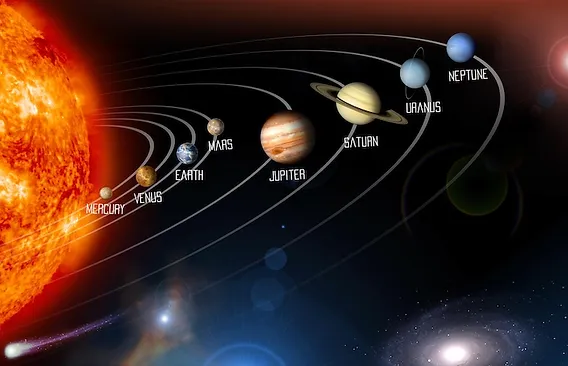As Earth faces escalating challenges, from pandemics to climate disasters, the idea of humanity seeking refuge beyond the planet is no longer purely science fiction. The prospect of establishing colonies on the moon or Mars as a contingency plan for Earth’s survival has gained traction. Yet, a fundamental question remains: Can humans reproduce and thrive in the harsh environment of space?
Groundbreaking research involving freeze-dried mouse sperm aboard the International Space Station (ISS) may provide critical insights into the feasibility of mammalian reproduction off Earth. This pioneering work could be a cornerstone for sustaining human life beyond our planet.
A Cosmic Insurance Policy for Humanity
The 23rd century’s fictional spacefaring civilizations may soon become a reality as scientists like Professor Teruhiko Wakayama of Japan’s University of Yamanashi push the boundaries of reproductive science. Wakayama’s recent experiment aboard the ISS is a testament to this vision. Freeze-dried mouse sperm stored in radiation-proof containers on the ISS is being studied to assess its viability after prolonged exposure to the space environment.
When the samples return to Earth in 2025, researchers will determine whether they can produce healthy offspring. Wakayama’s ultimate goal? To create a system for preserving Earth’s genetic diversity in space, ensuring life’s continuity even if catastrophe strikes Earth.
Reproductive Science Among the Stars
Space-based reproductive studies are not new. For decades, scientists have launched Earthly organisms into orbit to observe how microgravity and cosmic radiation impact biological processes.
- 1989: The “Chix in Space” experiment, sponsored by KFC, sent 32 fertilized chicken eggs to space to study development in microgravity.
- 1992: Tadpoles aboard the Space Shuttle Endeavour swam erratically and struggled to find air bubbles, showcasing microgravity’s effect on behavior.
- 2007: A cockroach named Nadezhda gave birth to 33 offspring conceived in orbit, though they displayed unusual physical characteristics, such as darker exoskeletons.
While amphibians, fish, and snails have completed full reproductive cycles in space, mammals represent the next frontier in these studies. Wakayama’s ongoing research with freeze-dried sperm aims to address this gap.
From Mice to Mars: The Science of Procreation in Space
Wakayama’s previous studies have demonstrated that freeze-dried mouse sperm remains viable for up to 200 years in space. Upon rehydration, it successfully produced healthy baby mice. However, Wakayama stresses that 200 years is “absolutely not long enough” for humanity’s future. His latest work focuses on extending storage times and ensuring genetic material can survive indefinitely in space.
Microgravity and radiation pose unique challenges to reproduction. Without gravity, embryonic development might be compromised, particularly in forming the nervous system and limbs. Additionally, cosmic radiation can damage DNA in reproductive cells, increasing the risk of genetic abnormalities in offspring.
Addressing these challenges is critical not just for humans but also for other species. Wakayama envisions transporting animals for companionship, food, and ecosystem support to extraterrestrial colonies.
The Bigger Picture: Sustaining Space Dwellers
Humanity is still far from becoming a multi-planet species, but progress is underway. NASA’s Artemis program plans to return astronauts to the moon by 2026, aiming to establish a permanent presence. SpaceX founder Elon Musk predicts a crewed mission to Mars within four years.
However, sustaining human life in space involves more immediate concerns than reproduction. Astronauts face significant health risks from microgravity and radiation, including weakened immune systems, muscle and bone loss, and an increased cancer risk. Virginia Wotring, a professor at the International Space University, emphasizes prioritizing astronaut health before reproduction.
Wakayama, however, believes his work is essential as humans spend longer periods in space. “In sci-fi movies, people live on other planets and babies are born, but we don’t even know if that’s possible yet,” he says. His experiments aim to determine whether reproduction and healthy development are feasible in microgravity.
The Future of Life Beyond Earth
The implications of Wakayama’s research extend beyond reproduction. If successful, it could provide a roadmap for preserving Earth’s biodiversity in space and ensure humanity’s survival in the face of existential threats.
“In space, every phase of the reproductive cycle faces unique challenges,” Wakayama explains. “If we can confirm that humans and mammals can reproduce, it will bring reassurance. If not, we need to address those challenges.”
As humanity takes its first steps toward interplanetary living, Wakayama’s work reminds us that science fiction may be closer to reality than we ever imagined. The future of life among the stars may very well start with freeze-dried mouse sperm.





